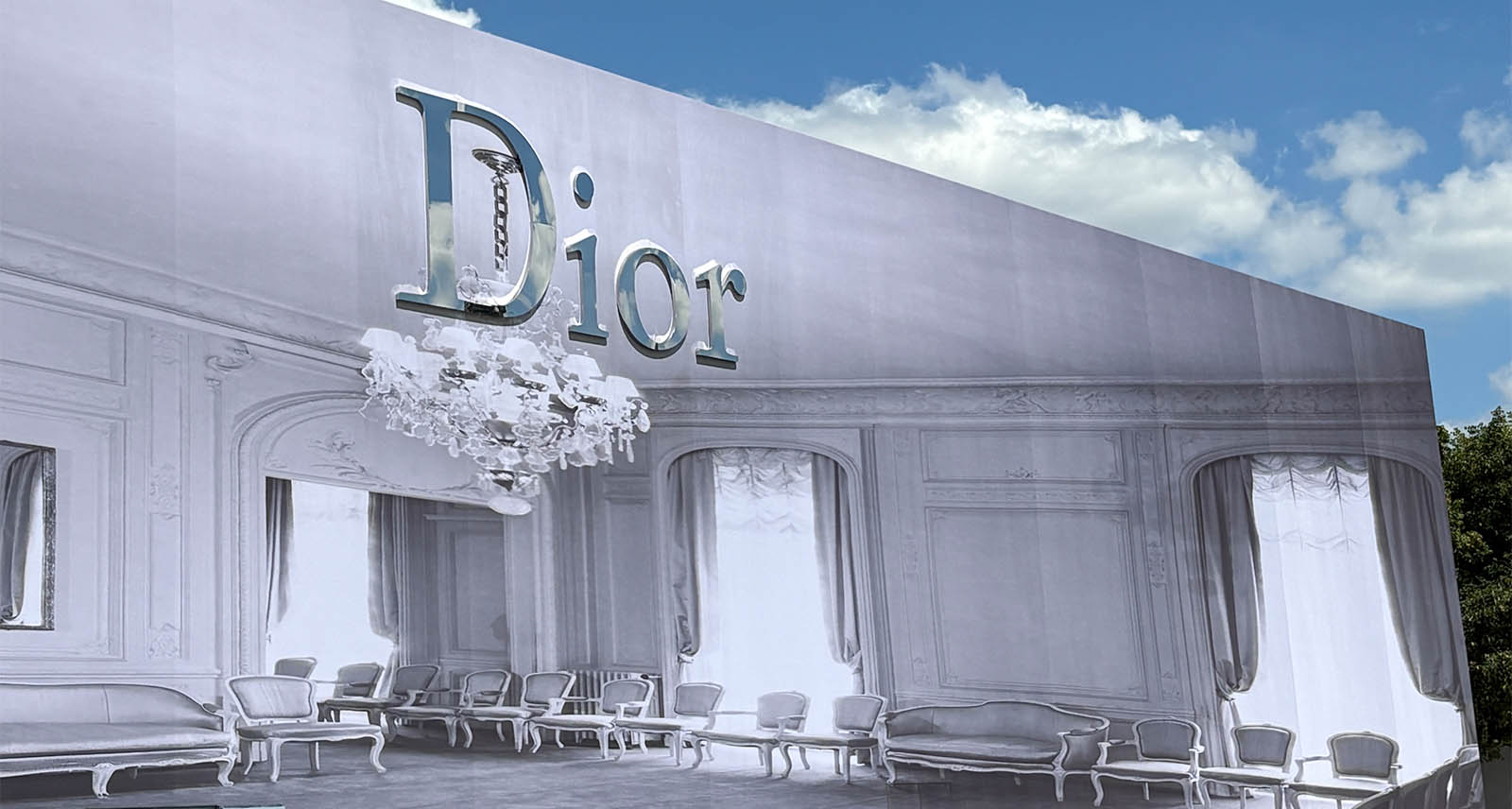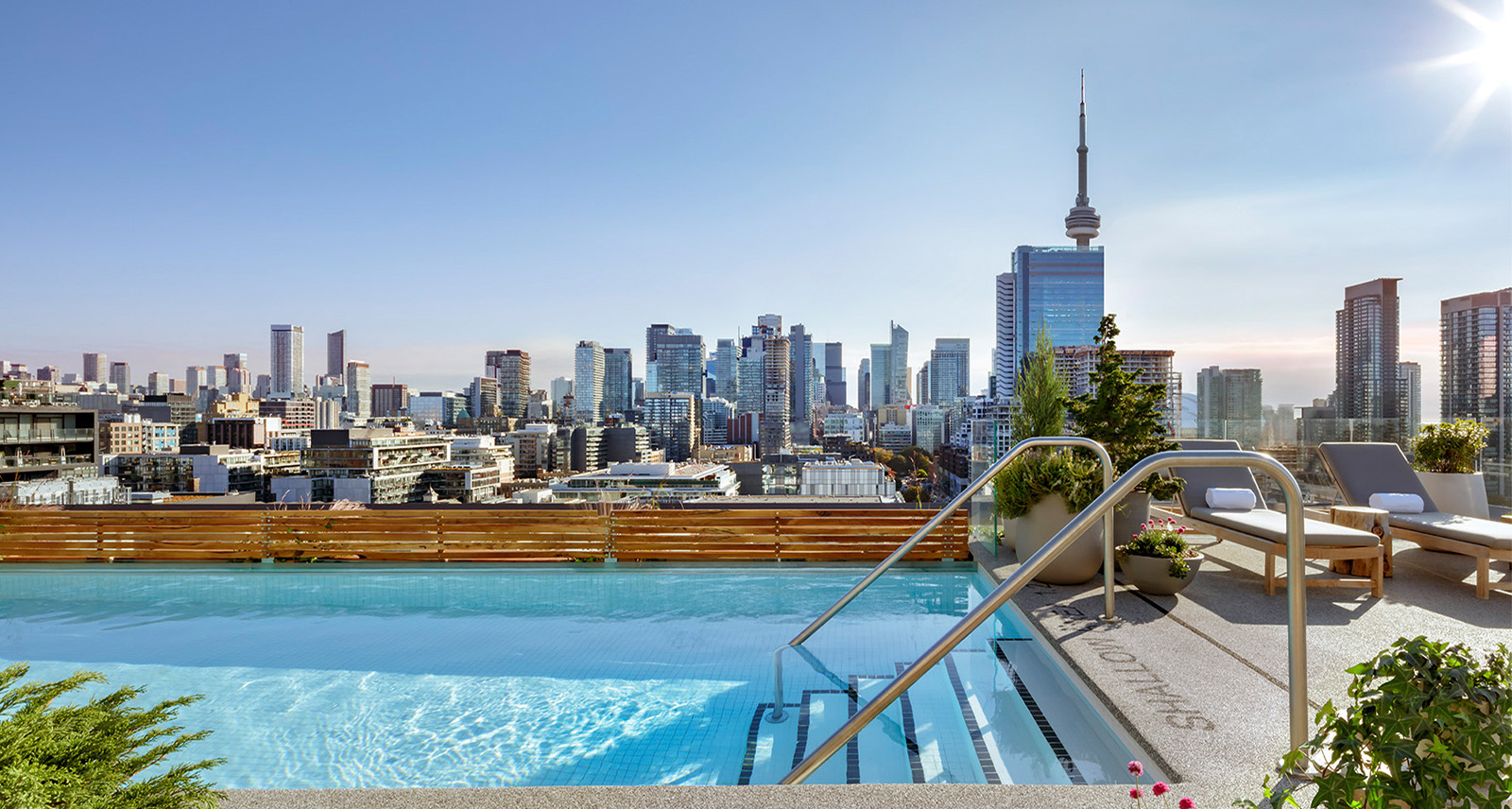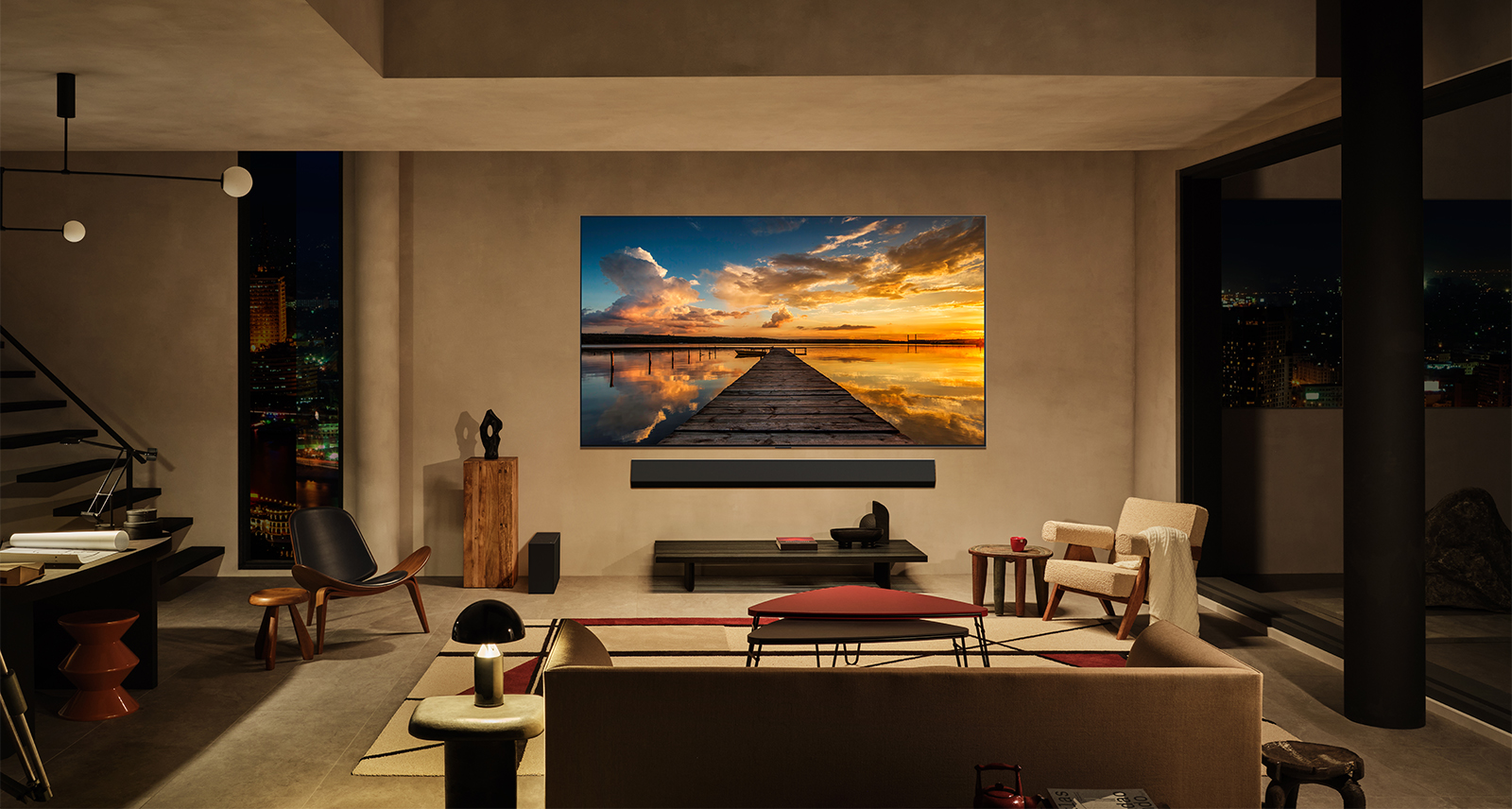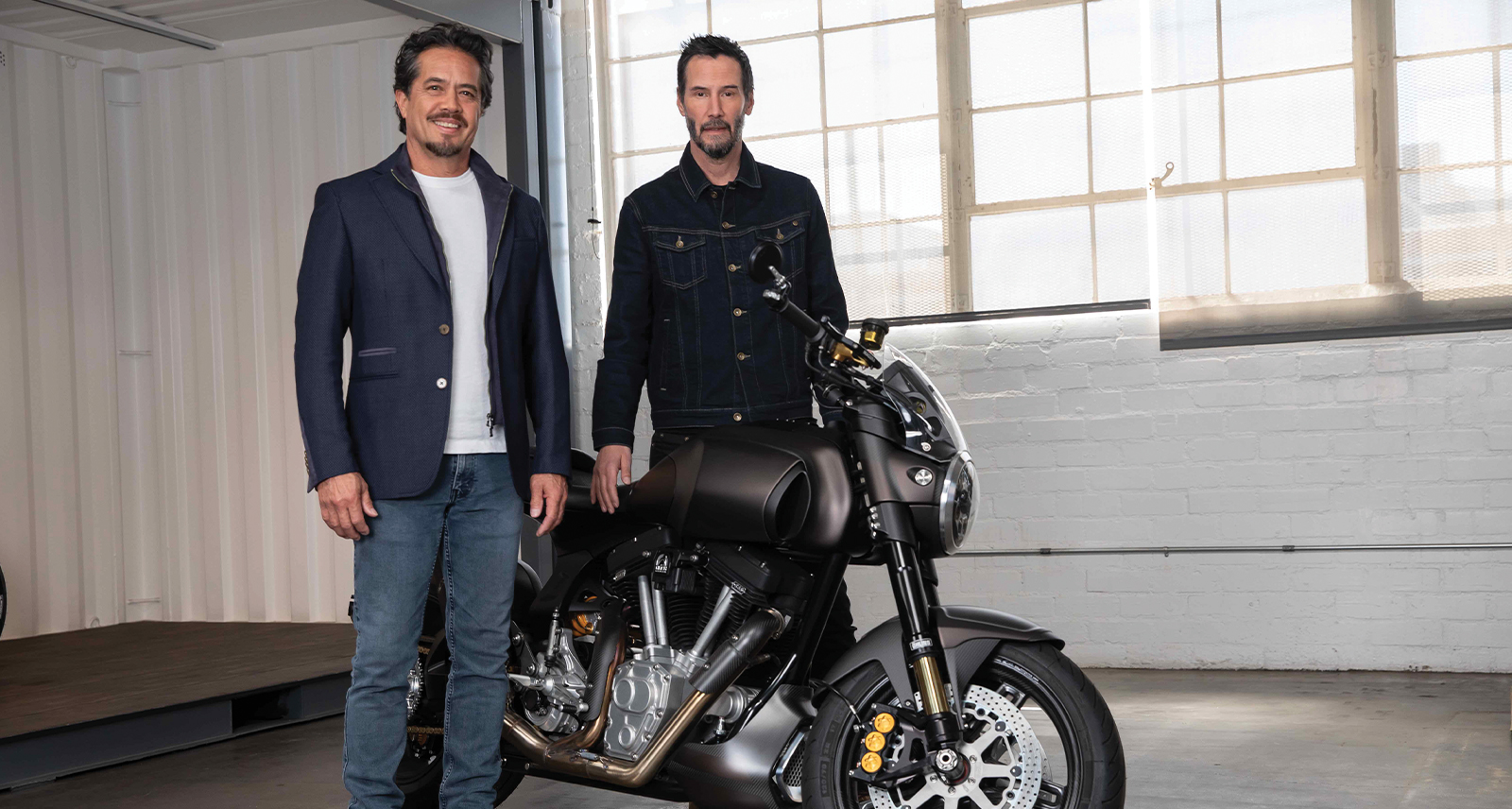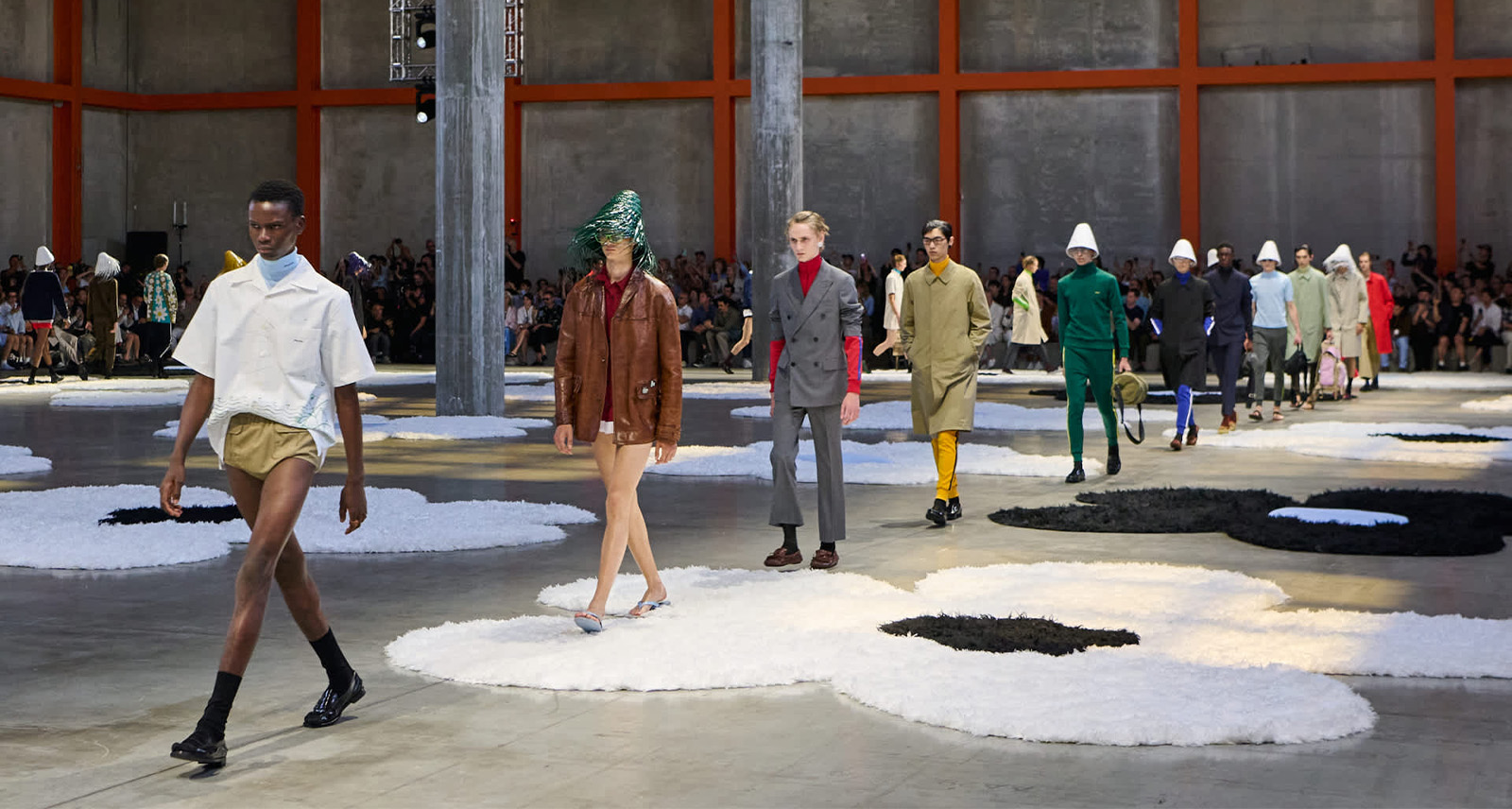Architect Omar Gandhi on the Making of Audi Haus, and Audi’s Future
SHARP x Audi
Omar Gandhi poses for our photographer in front of a Progressive Red electric sports car under the soft lighting of Audi Haus, a space he designed to show off the firm’s next-generation machinery.
The famed architect is patient and generous with his time, despite having a frighteningly packed schedule during the lead up to the opening of Audi Haus at the 2025 Canadian International AutoShow. Builders work around him, putting the finished touches on the space, ensuring every line is perfect and no joint is out of place. But Gandhi seems to have this ability to block out distractions and devote his intense focus to the task at hand, which at the moment is answering questions from this reporter.
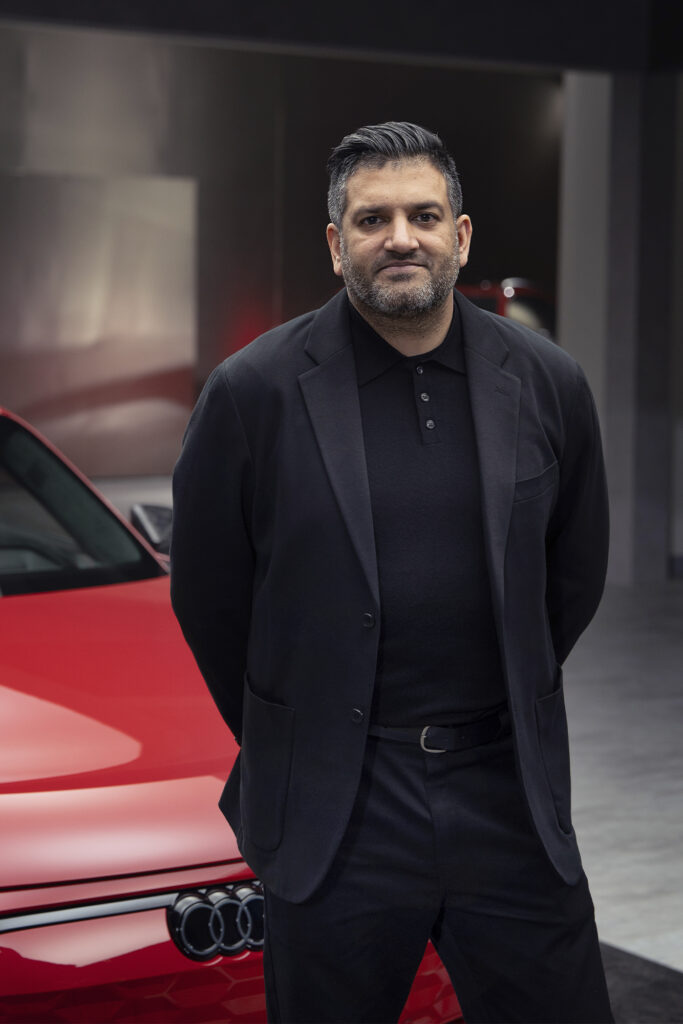
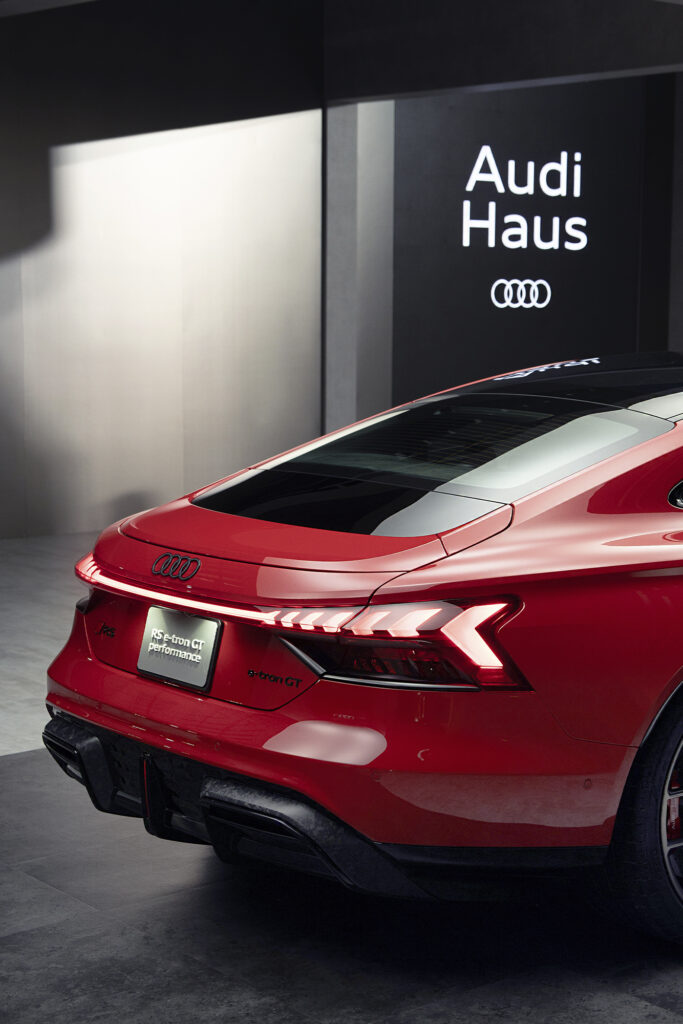
“We imagined this being a very heavy brutalist sort of basement, a private garage for cars that were exhibited like in a gallery, and where the architecture really took a back seat to the cars themselves,” Gandhi says. “We wanted this thing to be as intensely dramatic and dark as possible, with a real weight to it that really just kind of set the cars on fire,” he adds.
The effect is striking. As a gallery for Audi’s groundbreaking next-generation lineup — a range of electric- and gas-powered sedans, SUVs and record-breaking performance cars that all push the envelope — Audi Haus is an appropriately futuristic setting. With its next-gen, the luxury brand is aiming to be the undisputed leader, be it in performance, innovation, electric vehicles, advanced combustion-engines and avant-garde design.
“For the Auto Show, where the context is kind of a blank slate, and people build within that space, we really turned our fantasy hats on.”
Omar Gandhi
That much seems evident walking towards the wildly ambitious Audi Haus, where visitors are greeted by this monolithic concrete-looking wall emblazoned with Audi’s Four Rings logo, backlit for added effect. Front and centre is the RS e-tron GT performance, where Gandhi is posing for our photographer. As the first thing visitors see, this car functions as a statement of intent and intensity, a calling card for Audi’s bold new chapter in which motorsport DNA meets progressive design. With over 900 horsepower, this new battery powered machine is the most powerful Audi of all time. Walk further into the space and to the left you’ll see the new Audi RS3, a machine every young car enthusiast daydreams about. To the right is a machine every car enthusiast with children daydreams about — the new RS Q8 — a palatial SUV that holds a class-record at Germany’s infamous Nürburgring.
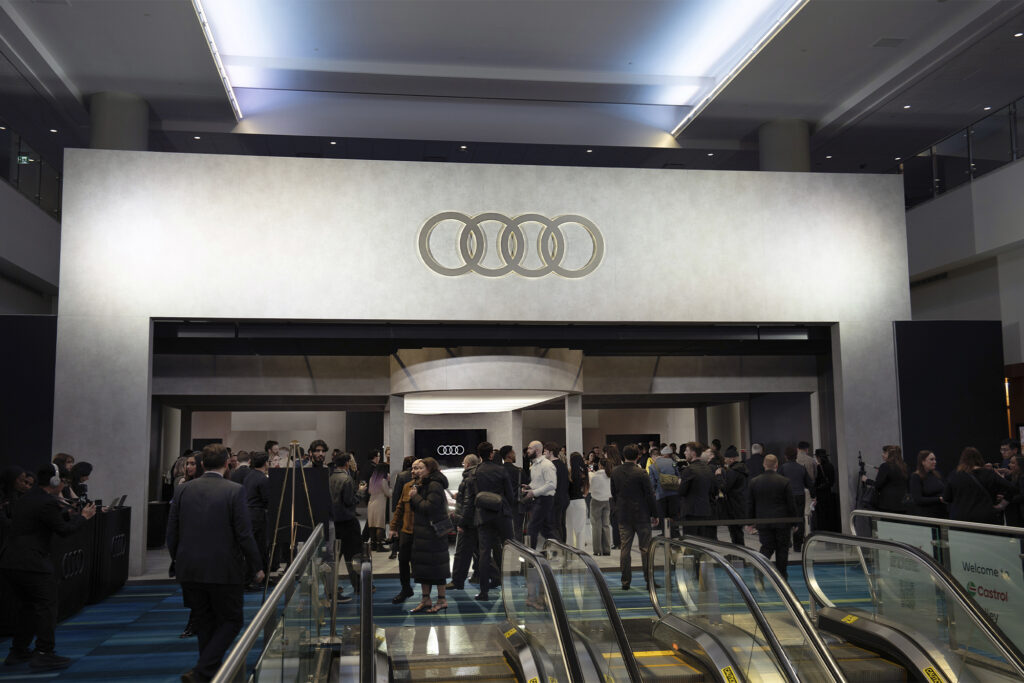
Those three Audi Sport cars serve as gatekeepers to the inner sanctum of Audi Haus. In the back room, visitors can see the firm’s lineup of next-gen EVs: the S6 e-tron, the Q6 e-tron and the SQ6 e-tron. Next to that, on a lighted pill-shaped plinth that evokes Four Rings logo, sits the all-new SQ5 SUV and A5 Sportback. To the left, on its own plinth, is one of seven limited-edition RS 6 Avant GTs slated for Canada. Behind that is the final edition of Audi’s original supercar, the R8 GT.
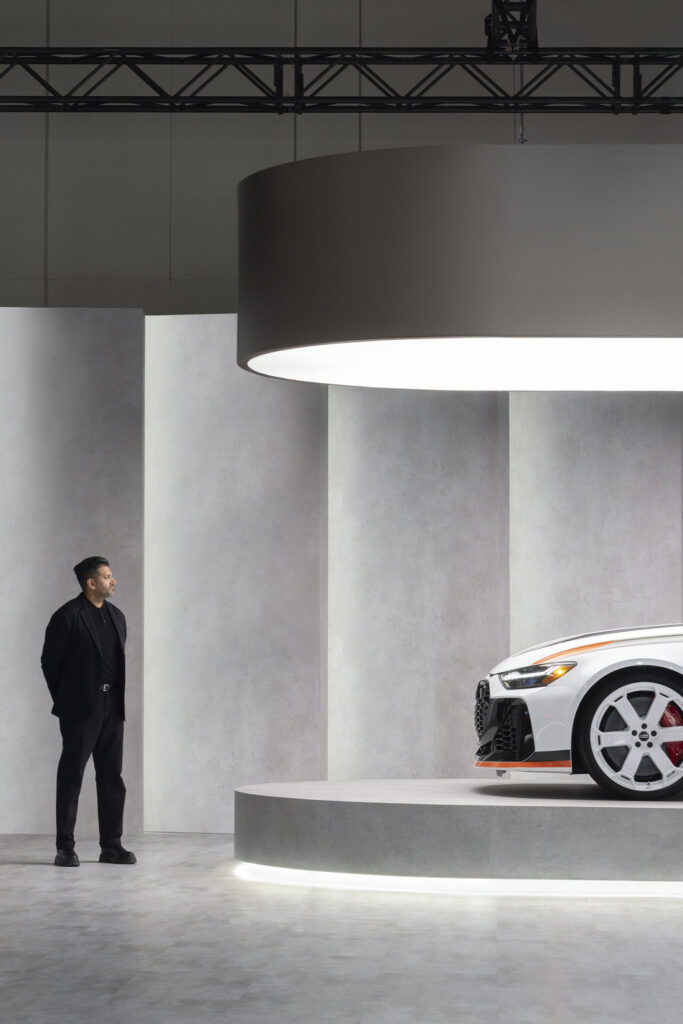
As a visitor, it all feels very sci-fi, on account of the futuristic vibe of these cars, their cutting-edge tech, as well as the setting.
“In our work, we generally take inspiration from context,” explains Gandhi. “But, in this case, for the Auto Show, where the context is kind of a blank slate, and people build within that space, we really turned our fantasy hats on.”
“Certainly, with our own work, we’re constantly looking back to the past, to the history of architecture as well as the history of our own practice but constantly forging forward. We certainly see that parallel between our studio and Audi.”
Omar Gandhi
It’s the first time him and his eponymous firm, Omar Gandhi Architects, have tackled a project like this. They’ve done beloved restaurants (Matty Matheson’s Prime Seafood Palace) as well as Canadian landmarks (the Peggy’s Cove Viewing Platform) not to mention art galleries, cottages and award-winning houses, but never something like Audi Haus. This was a challenging project, he admits.
“We design things that are meant to last decades and generations. This is something that’s ephemeral and is meant to be a powerful experience for people over the course of a few days,” he says. It took six months but only started to coalesce in the last few days as the build took shape. “It’s really exciting to be here and to see it really come together,” he says.
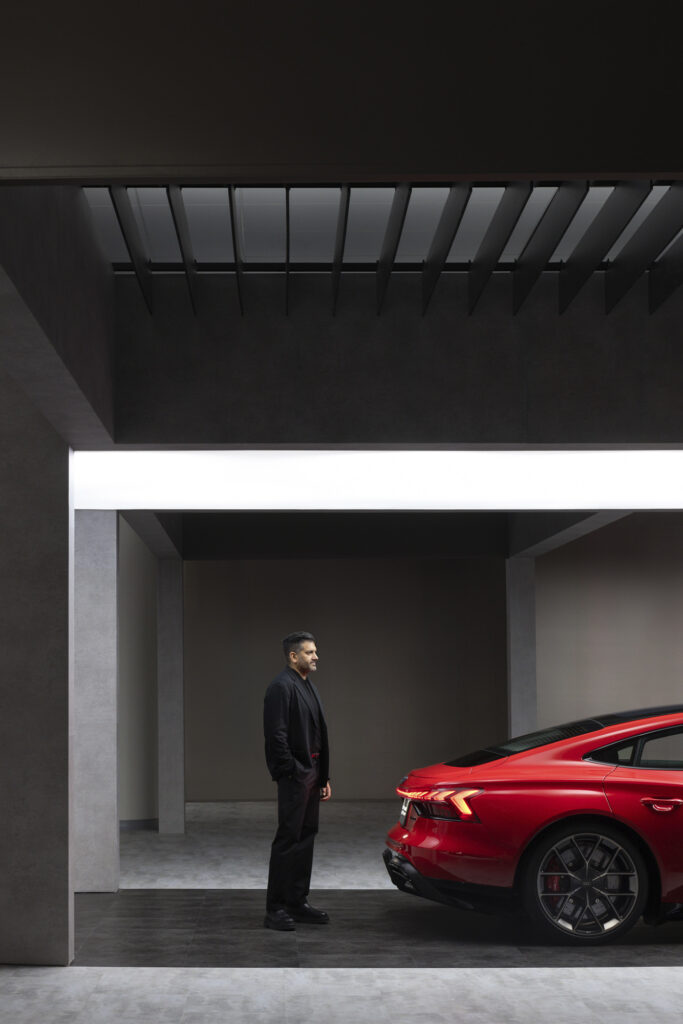
The project was made easier by the fact there is some overlap between cars and buildings, at least in terms of their design.
“There’s certainly a lot of parallels between automotive design and architecture,” Gandhi says. “Certainly, with our own work, we’re constantly looking back to the past, to the history of architecture as well as the history of our own practice but constantly forging forward. We certainly see that parallel between our studio and Audi.”
To create Audi Haus, he and his team drew on key elements of Audi’s design DNA. “More than anything, I think, it’s really this kind of aspiration of quietness, of cool,” he says, nailing it.
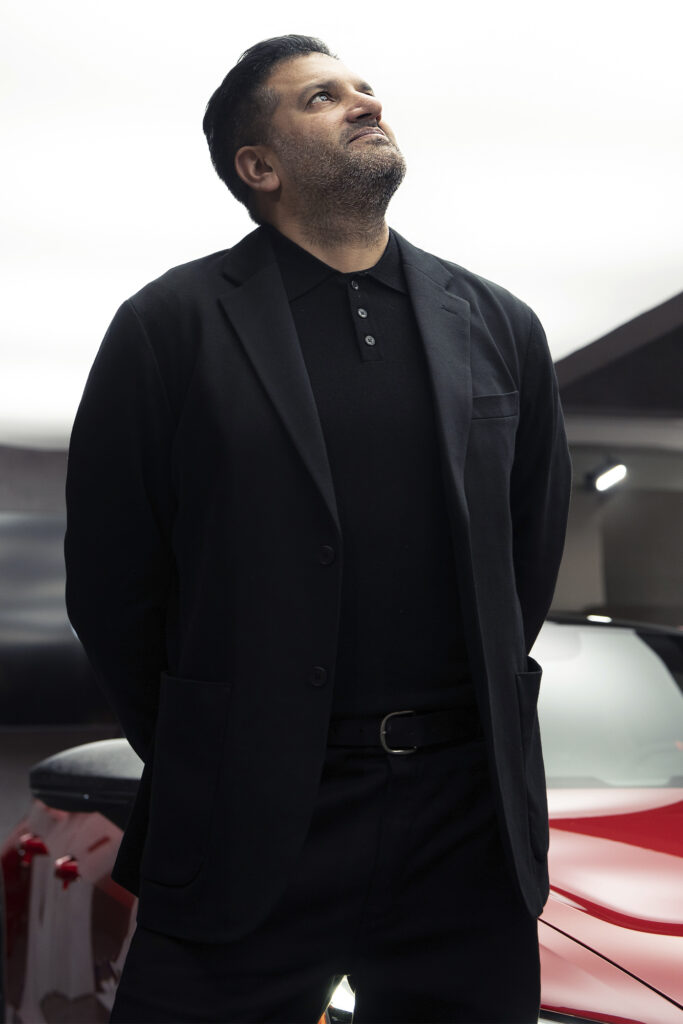
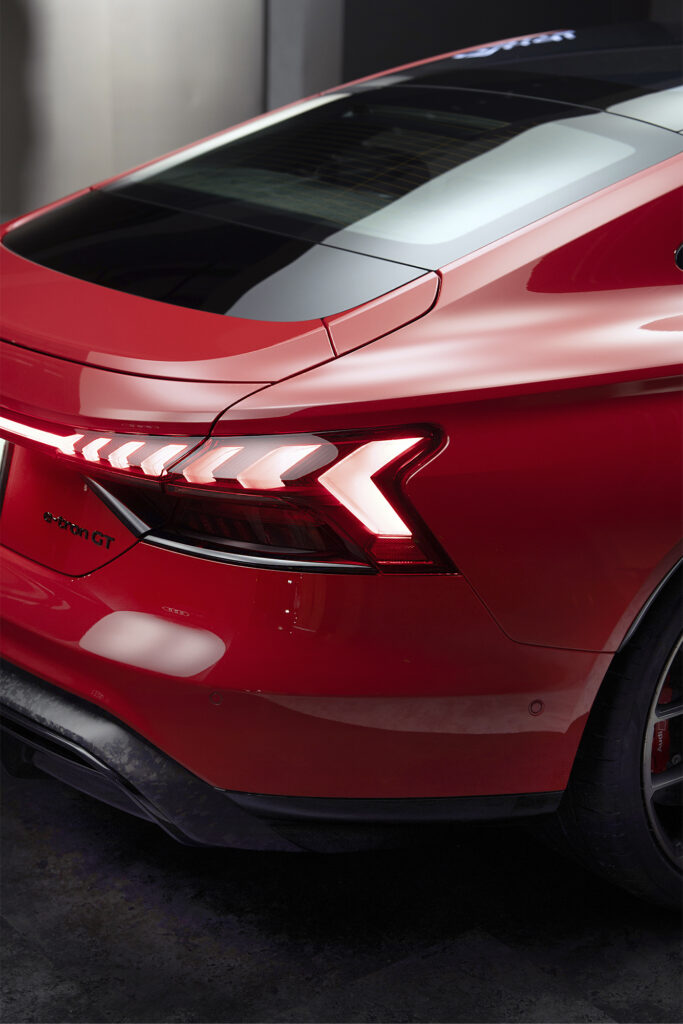
The man knows of what he speaks. Gandhi is a long-time Audi owner himself. He describes himself as a pretty laid-back driver, but last year he had the opportunity to live with the RS e-tron GT for six months and was blown away.
“People were in awe of the car,” he remembers. “It was so different than anything else. As for the driving, I mean, it’s just magical. You don’t have to push very hard for the RS e-tron GT to really take off; and you feel it from your head down to your toes. It’s electric.”
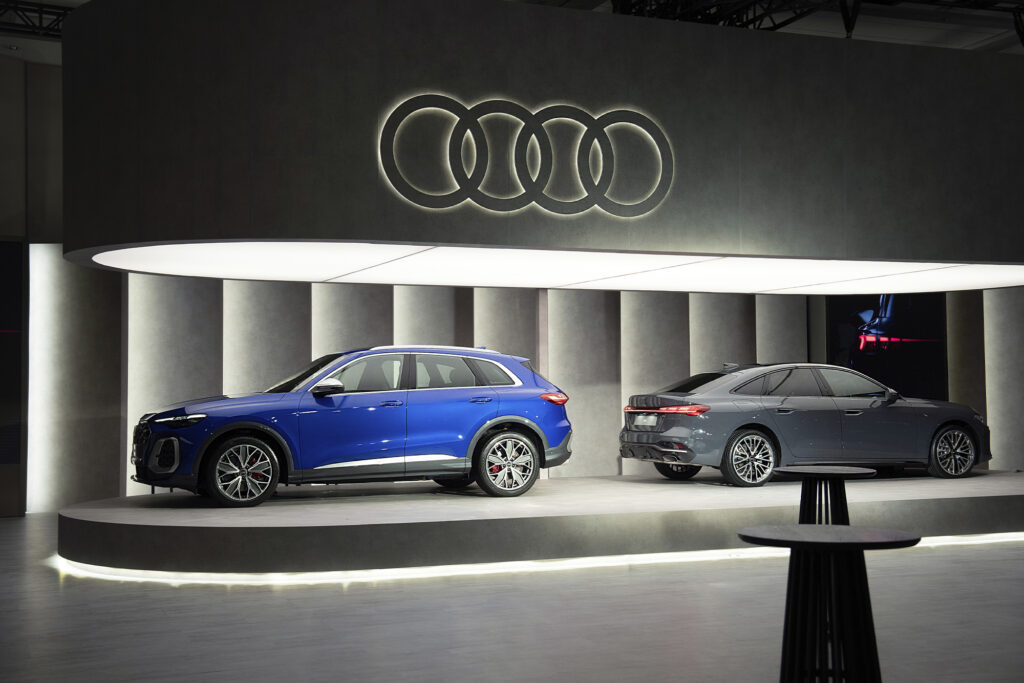
Those visitors who were fortunate enough to step into Audi Haus during its run surely felt similarly about their visit. But if you missed it, fear not, you can get a similar buzz by going for a test-drive in any of Audi’s next-gen machines.
Discover the full Audi line-up online.



